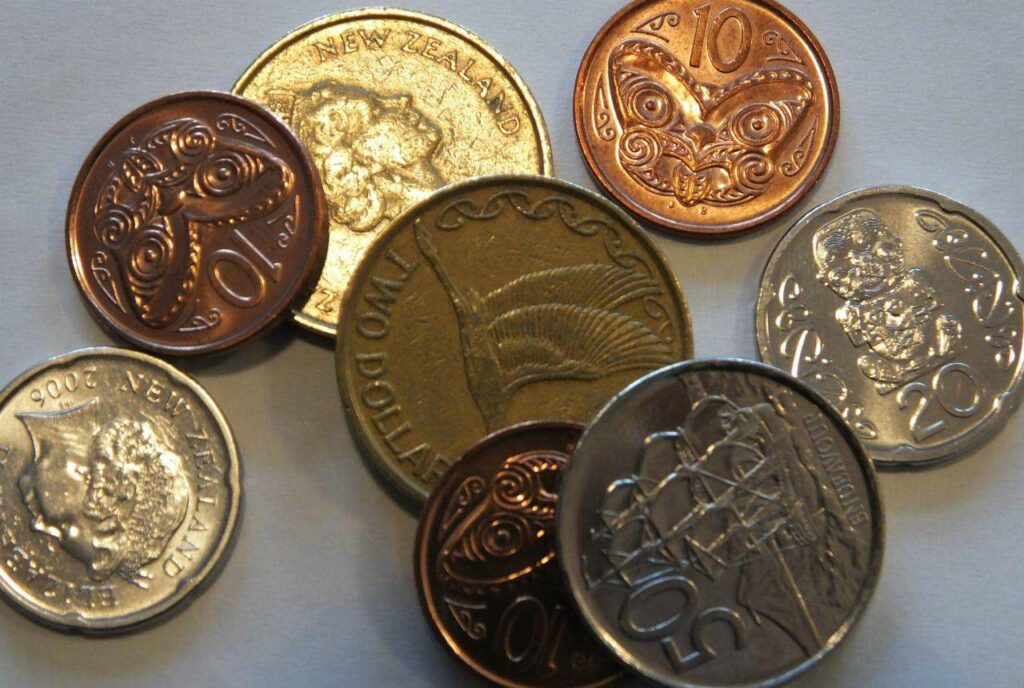Coin collecting, known as numismatics, is a popular hobby enjoyed worldwide. Serious collectors know that acquiring coins with desirable features and higher grades translates into added value and prestige.
Before jumping into purchasing rare coins, gaining an understanding of coin grades can save time, money, and disappointment. Read on to learn more about them.
The Birth of Coin Grading Scales
Numismatic grading evolved alongside the growing interest in coin collection. In the early 20th century, a single scholarly figure greatly influenced the establishment of standardized coin grading systems. Dr. William Herbert Sheldon Jr. pioneered the concept of categorizing coin conditions using a numerical scale, referred to as the Sheldon Scale, which assigned values between 1 and 70. Although initially created for ancient U.S. large cents, the Sheldon Scale became widely accepted across the numismatic community.
Standardization of grading systems came next. Several prominent players emerged, including:
- American Numismatic Association (ANA)
- Professional Coin Grading Service (PCGS)
- Numismatic Guaranty Corporation (NGC)
Their contributions helped establish universally understood guidelines for assessing and describing coin conditions. Today, these organizations remain respected authorities in numismatics and continue updating their grading standards accordingly.
Breaking Down Coin Grade Terms
Before attempting to interpret coin grades, familiarize yourself with basic terminology. Three categories apply to coin grade analysis: strike, surface preservation, and eye appeal.
Strikes
Strikes pertain to how sharply and accurately a mint press strikes designs onto planchets or blank metal discs prepared for striking. Two types exist: full strikes and weak strikes.
- Full strike: Coins exhibiting crisp details, bold lettering, and sharp edges display full strikes. Collectors covet these pieces because manufacturers struck them perfectly during production.
- Weak strike: Weak strikes exhibit dull design elements and faint legends. Manufacturers fail to transfer complete images onto the planchet, leaving collectors with less visually appealing coins.
Surface Preservation
Surface preservation refers to the extent of wear and environmental damage affecting the exterior of a coin. Within this category, two terms matter: original surfaces and environmental damage.
- Original surfaces: Coins retaining their original texture and sheen bear the distinction of showing minimal signs of human interaction or environmental deterioration. Higher coin grades reward untouched surfaces.
- Environmental damage: Conversely, outside forces can negatively affect coin condition. Elements like heat, moisture, pollution, and chemicals diminish luster, introduce spots, and accelerate oxidation. Avoid buying damaged coins if possible.
Eye Appeal
Finally, eye appeal plays a decisive factor in coin grades. Colloquial definitions aside, eye appeal comprises color, toning, and overall attractiveness.
- Color: Desirable colors range from brilliant metallic lustrous hues to soft, subtle patinas. Overly dark or artificial-looking colors detract from eye appeal.
- Toning: Gradual chemical reactions form rainbow-like layers on silver, copper, nickel, and gold coins. Depending on the intensity and distribution, toning improves or decreases eye appeal.
Applying Coin Grades to Your Collection
With a grasp of essential vocabulary, examine the significance of coin grades. Consider two principal grading systems: the ANA and Sheldon Scale (used by PCGS and NGC). Both utilize numeric ranges, descriptions, and qualifiers to communicate coin conditions accurately.
Generally speaking, coin grading scales consist of varying degrees of quality, representing differing stages of circulation or absence thereof. For example, a commonly used grading system includes Poor, Fair, Average Circulated, Good, Very Good, Fine, Very Fine, Almost Uncirculated, and Gem Uncirculated conditions. Another widespread scale, named the Sheldon Scale, employs a 1 to 70-point range, wherein lower scores denote poorer quality, and higher figures suggest better-preserved specimens. Labels like circulated or uncirculated clarify the level of usage evident in each piece.
Why Should You Learn Coin Grades?
Armed with an awareness of coin grades, novice collectors benefit immensely. Savvy buyers avoid overpaying for poorly graded coins. Instead, they target high-quality specimens falling within reasonable price brackets. Plus, educated purchasers gain leverage in negotiating prices since sellers acknowledge informed clientele demand fair deals.
Additionally, studying coin grades enhances observational acumen, sharpening scrutiny of minute yet consequential details. Seasoned collectors quickly spot defects, manufacturing anomalies, or errors overlooked by casual observers. Over time, keen observation separates beginners from accomplished connoisseurs.
Wrapping Up Coin Grades
Without question, understanding coin grades gives collectors a competitive edge. Not only does knowledge preserve financial investments, but it also builds collections admired for rarity, beauty, and historical importance.
Regardless of age or budget constraints, everyone can participate in numismatics profitably and pleasantly. Happy hunting and thanks so much for reading.
Welcome to our blog! My name is Yuvraj Kore, and I am a blogger who has been exploring the world of blogging since 2017. It all started back in 2014 when I attended a digital marketing program at college and learned about the intriguing world of blogging.


